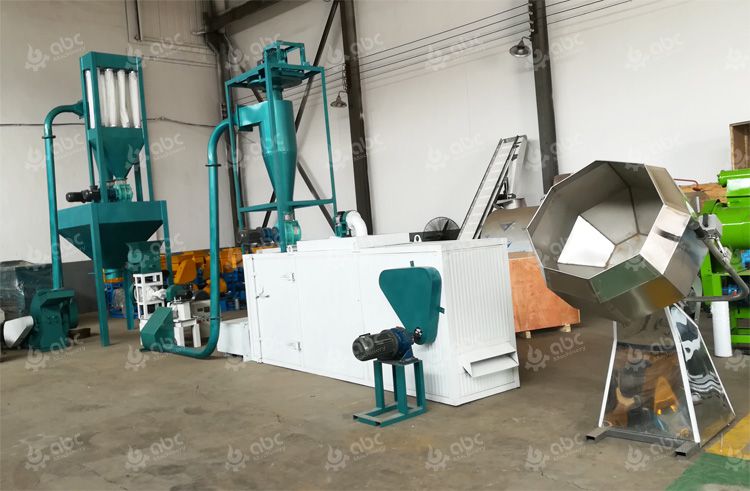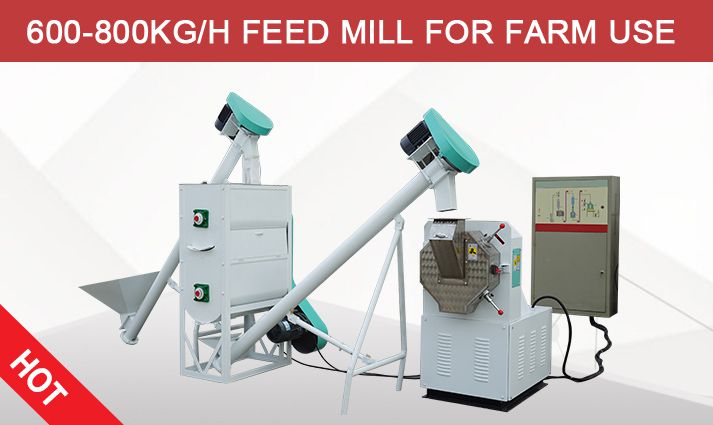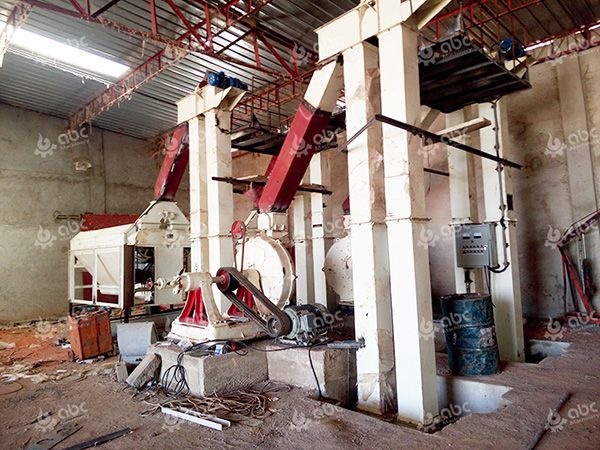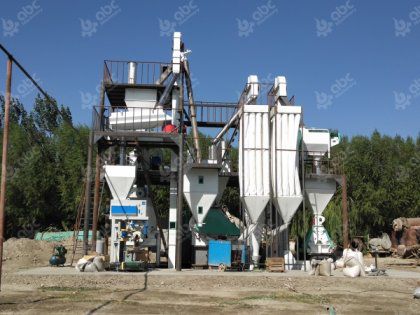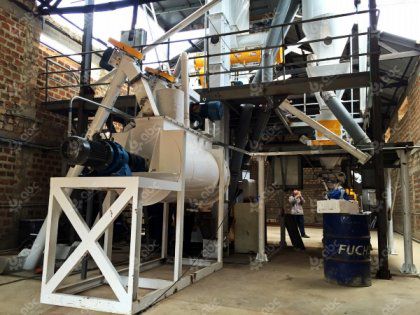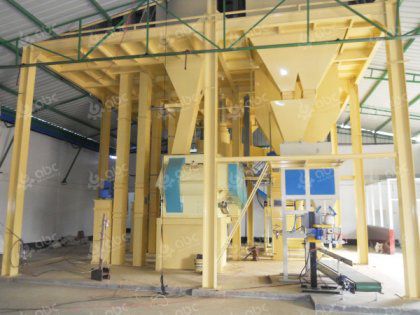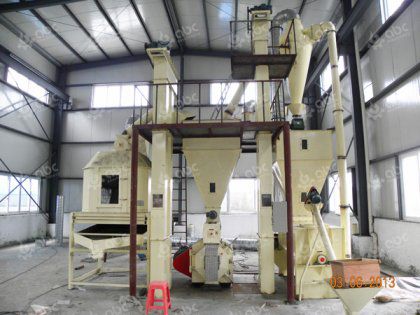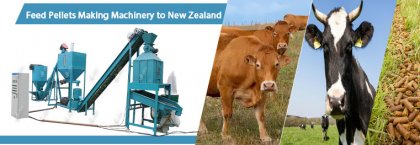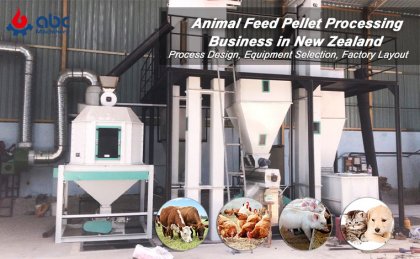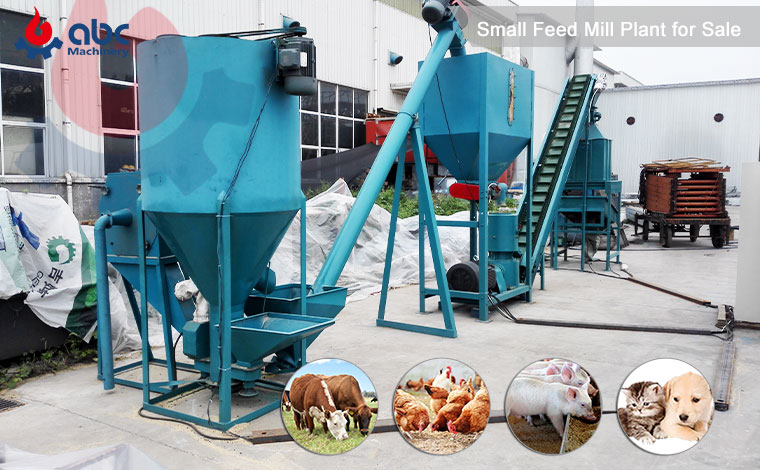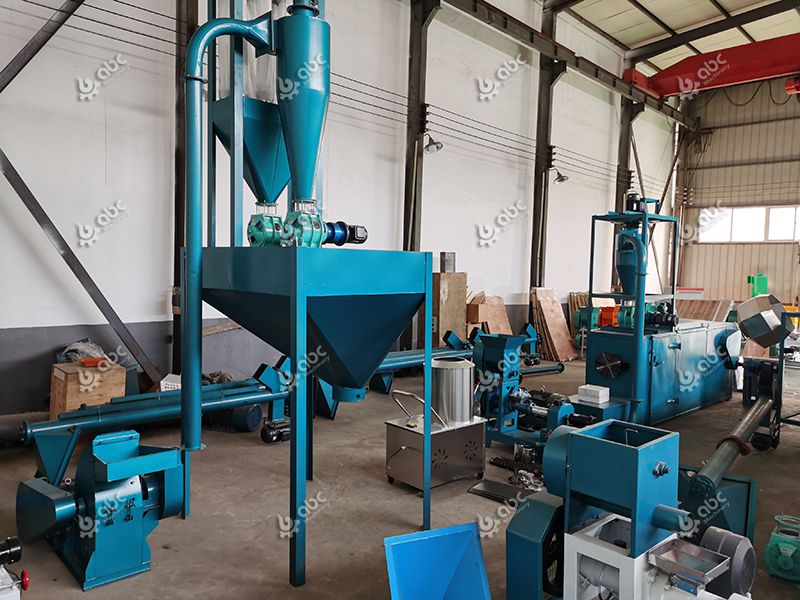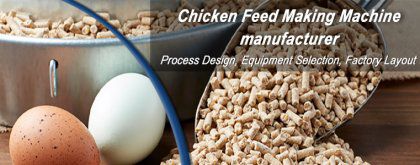Feed expansion technology is one of the most popular new feed processing technologies developed in the last 20 years, mainly for the production of pet feed, aquatic feed and other animal feed. In addition to the general advantages of full-price pellet feeds, expanded feeds also have many other advantages. For example: 1. it can improve the digestion and absorption rate of the animal being fed, 2. it can effectively prevent digestive tract diseases in animals, 3. It can expand feed resources, etc.
Therefore, a growing number of customers learn feed expansion technology, and set up an animal extrude feed production plant to start this profitable feed pellet manufacturing business. The following article is a brief introduction to feed expansion technology and required equipment, if you want to know more details and costs of extruding equipment, please feel free to contact us!
Animal Feed Production Processing Extrusion Technology
Extruding (expansion) technology is a widely used technology in modern feed processing. Feed processed by extrusion technology has many advantages, such as starch gelatinization and degradation, protein denaturation, reducing anti-nutritional factors, increasing palatability, etc. But there are also some disadvantages, such as producing non-digestible substances, destroying vitamins and increasing costs.
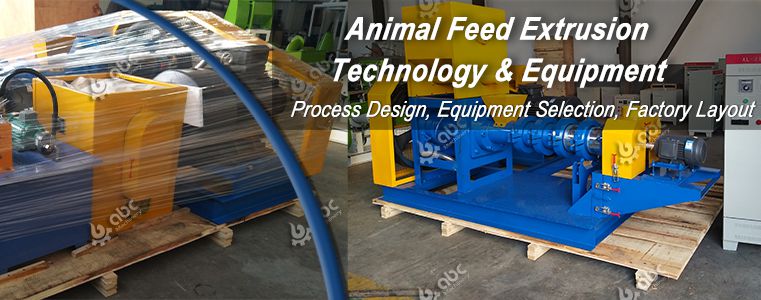
Animal Feed Extrusion Technology and Equipment
In the extrusion technology, material containing certain moisture is fed into the feed extruder, driven by the screw rod and screw, material moves forward to form an axial direction.
- Firstly: material and screw, material and barrel as well as the material inside generate friction, so that material is strongly extruded, stirred and sheared, makes the material further refines and homogeneous, with the increasing pressure and temperature in the feed extruder machine chamber and the internal friction between the material and screw, material and barrel.
- Secondly: with the increase of temperature, high pressure and high shear force, the composition of materials has undergone complex physical and chemical changes.
- Finally, the paste material is ejected from the die hole, which produces instantaneous pressure difference, and the material is expanded, thus forming a loose, porous and crisp extruded product.
What Are the Advantages of Feed Extrusion Technology?
Feed raw materials after extruding and expanding have a unique fragrance and fluffy feeling, good palatability, high gelatinization, and good food attraction to animals. At the same time, the long-chain structure of some organic substances, such as protein and fat, becomes short-chain structure, which makes animals easier to digest and absorb.
In this article, six advantages of extruding technology are mentioned. Buy factory-priced animal extruding feed equipment from a manufacturer or supplier of extruded feed production machinery, learn to process accurate feed pellet manufacturing processes, and get free guidance on setting up operations for extruded feed pellet projects in Uganda, Fiji, Zambia, Uzbekistan, Nigeria and other countries at low cost, taking into account the strict design of feed pellet requirements, investment costs and production capacity.
-
1. Gelatinization and Degradation of Starch
After extrusion, starch changed in2 aspects. One is starch gelatinization, which breaks up the dense crystal structure of starch molecules during the expansion process. The crystal structure absorbs water, disintegrates, breaks the hydrogen bond, and breaks the expanded starch particles into a viscous melt. At the outlet of the extruder, because of the sudden drop of instantaneous pressure and the instantaneous loss of steam, a large number of extruded starch granules disintegrate and starch gelatinize, forming a lot of micro-porous extruded feed. On the other hand, starch is degraded and the average molecular weight of starch decreases obviously. Oligosaccharides with small molecular structure such as maltodextrin can be produced by cracking. Gelatinized starch has strong water absorption and much stronger bonding function than ordinary starch, which can reduce the amount of starch used in production and provide more choices for other raw materials. At the same time, gelatinized starch can combine protein closely with starch matrix to form rumen non-degradable proteins, i.e. rumen-passing proteins, which can improve the utilization of protein in ruminants.
-
2. Protein Denaturation
Under the combined action of high temperature, high pressure and high shearing force in feed extruder, the tertiary and quaternary structure of protein is destroyed, the molecular structure of protein is stretched and recombined, the surface tends to be homogeneous, and some parts of intermolecular hydrogen bond and disulfide bond are broken, resulting in the final denaturation of protein. The degree of denaturation of protein is closely related to the parameters in extrusion process. Many anti-nutritional factors such as urease, anti-trypsin and haemagglutinin in soybean, mustard enzyme in rapeseed meal and mustard glycosides produced by its decomposition of glucosinolates, gossypol in cottonseed were also inactivated during extrusion.

Feather--A Cost-effective Feed Pellets Material
Feather, as a kind of high quality protein feed material, has a protein content of about 75%-90%, which has become a favorite feed material. However, the protein of feather meal is mostly a rope-like structure composed of several polypeptide chains arranged in parallel spirals along the fibers. There are a lot of cross-linking bonds, disulfide bonds and hydrogen bonds between the chains, which make it have a strong stable structure. At the same time, it has a strong hydrophobic force, which makes it difficult to be digested and utilized by animals. As a result, the feed value of untreated feather meal is very low, and its digestibility is only about 7%. However, after extruding and expansion, the keratin in feathers denatures and cracks the spatial structure of keratin, making it digestible and absorbed, and the digestibility can be increased to more than 70%. Further reading feather meal extruding technology>>
The picture of the production line above is a complete technical process for the production of feed pellets for the livestock industry, but not all procedures are required in actual production. In fact, the feed pellet production process needs to be tailored to your raw material requirements, plant plans and feed production.
-
3. Fat degeneration
Extrusion destroys the cell wall structure of oil seeds and releases oil. This process can improve the utilization of oil. Expansion can also form a compound product (lipoprotein) or (lipopolysaccharide) of fat with starch or protein, which can reduce the content of free fatty acid, passivate esterase, inhibit the degradation of oil, reduce the rancidity of oil components in the storage and transportation of products, and is conducive to the long-term preservation of feed.
-
4. Increase feed palatability and digestibility
The extruded feed has small granularity, crispness and coke aroma, which improves the palatability. The extruded feed becomes loose and disordered, which provides a larger contact area for enzymes, facilitates the contact of starch chains, peptide chains and digestive enzymes, facilitates the digestion and absorption of feed, and thus improves the digestibility of feed.
-
5. Improvement of Fiber Solubility
Extrusion can greatly reduce the crude fiber content in feed. By means of extrusion technology, due to the instantaneous expansion effect from high temperature and pressure to the outlet, the lignin in the cell interstitium and the inner layers of the cell wall melts, some hydrogen bonds break, and the macromolecule substances are decomposed into low molecular substances. The original compact structure becomes fluffy, and some digestible substances are released during extrusion, which improves the utilization rate of feed.
-
6. Beneficial to the storage of feed and prolongs the shelf life of feed
Under the action of high temperature, high pressure and expansion, the material kills the content of mould, bacteria and fungi in the raw material, thus improving the hygienic quality of feed and effectively reducing the occurrence of animal diarrhea, gastroenteritis and dysentery.
Defects of Expansion Technology
During extrusion processing, Maillard reaction occurs between reducing sugar and free amino acid in feed, which decreases the content of reducing sugar and free amino acid in feed, resulting in the weakening of the availability of amino acid. The loss of vitamins, especially water-soluble vitamins, can be caused by friction under high temperature and pressure and evaporation of water. Therefore, the loss rate of water-soluble vitamins can reach 50% in feeding. Additional vitamins should be added to the animal feed to compensate for the loss caused by extruding.
Application of Extruding Technology in Animal Feed Production
-
Pig raising
Because of the small gastric volume and weak digestive and absorption capacity of intestine, suckling pigs are prone to suffer from nutritional diarrhea during the process of changing from breast*feeding to feeding. Ungelatinized feed is not ideal for sterilization, which can easily cause stress reaction of digestive tract and diarrhea and diarrhea in piglets.* Expanded feedstuff can greatly reduce the incidence of diarrhea when feeding weaned piglets, thus reducing*feeding cost, shortening fattening time and improving economic benefits. Read more about piglet feed processing>>
-
Poultry raising
The extruded feed is granular, which is conducive to the feeding of chickens and ducks, improves the wear rate of feed in the crop sac, speeds up the digestion and absorption of feed, and improves the utilization rate of feed. Because the expanded feed kills a large number of pathogenic bacteria, it reduces the diseases of poultry such as diarrhea. Further reading poultry feed processing technology>>
-
Feeding of Ruminants
Due to the degradation of fibers in feed, soluble fibers increased, which improved the digestive utilization rate of ruminants. Expansion technology can improve ruminant utilization of non-protein nitrogen and increase rumen protein content, thus reducing feeding costs. Expanded feed can also improve milk fat rate of dairy cows, and the effect of fattening beef cattle is very obvious. Learn more knowledge on ruminant feed processing>>


